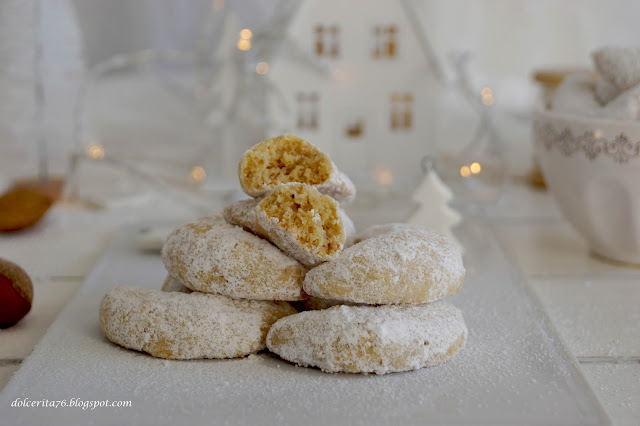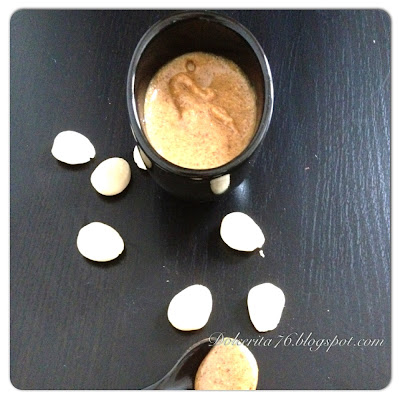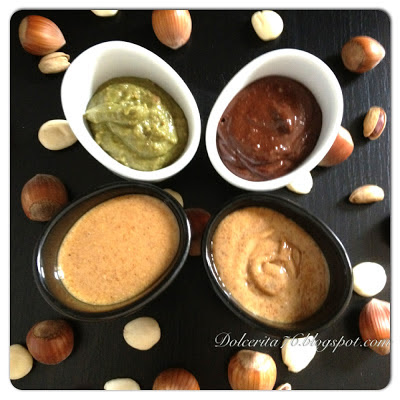Our sweet Christmas adventure started in the Middle East, from there we flew all the way to Germany and now we land in la Bella Italia.
Ah Italy!!! Where to start? The history? The elegance? The art? The architecture? The people? The dolce vita? The simple yet bursting with flavor food? Okay, you get it, I am deeply passionate towards Italy. It's nothing new, I had developed this passion almost 20 years ago.
My first trip to Europe was to Italy and the first region I visited was Tuscany which is arguably one of the most beautiful regions in the world featured many times in great classical movies. The first major city I visited was Florence, the Renaissance city. I was amazed by the beauty of this city, the immense Santa Maria de Firoi or the Duomo Cathedral, its museums, the walk to Ponte Vecchio and simply wandering in its old narrow streets soaking in all the art, history and beauty.
The next major city was Siena, another beautiful Tuscan city with a unique character. Like all Italian cities it has a wealth of sites worth seeing. While walking in its picturesque streets a type of sweets caught my attention: Panforte. With my broken Italian, I walked into the shop and bought a piece, I was happy with my little discovery. Needless to say, it was delicious, it was love at first bite!
Panforte is essentially consumed during Christmas times, but can be found in Siena all year long.
Panforte or Siena cake, goes back to the 13th century, the first documented recipe was in 1205, it is said that the recipe originated in monasteries as a strong bread that had honey and pepper, other spices were added later to the recipe.
For some time, panforte was reserved to the nobility, but luckily now everyone can sample this delicious bread and even better, with my easy recipe, you can prepare this sweet in the comfort of your home, probably thousands of miles away from Siena and its beautiful churches, monasteries and houses.
What you need:
- 200 g of nuts (I used 100 g almonds, the remaining quantity divided between pistachios and hazelnuts)
- 100 g candied peels (I used orange and lime peels that I made few days earlier; store bought is fine too)
- 100 g sugar
- 100 g honey
- 1/4 tsp cinnamon
- 2 g of coriander seeds
- 1 or 2 cloves
- 1/4 tsp of freshly grated nutmeg
- 2 g of pepper
- 45 g flour
- 15 ml masala wine (optional)
- Tsp of glucose or corn syrup (optional, and just to be on the safe side, to prevent any crystallization)
Start by roasting the nut in a preheated over (180C) for about 10 min. Dice the peels into small cubes.
Mix the peels and the nuts (you can peel the nuts if you wish but I didn´t bother). Add the flour.
Grind the cloves and the coriander seeds and add them to the rest, followed by the cinnamon and the grated nutmeg.
Mix the peels and the nuts (you can peel the nuts if you wish but I didn´t bother). Add the flour.
Grind the cloves and the coriander seeds and add them to the rest, followed by the cinnamon and the grated nutmeg.
In a heavy bottom pan, combine the sugar, honey and glucose (if you are using it), put them on a low heat, and wait for the sugar to dissolve and for the syrup to get an amber golden color.
Add the syrup and the wine to the nut and spices mixture and mix well until all is combined. The smell that filled the air at this point was so intoxicating, it took me back to those narrow and beautiful streets of Siena!
When you combine your liquid and dry ingredients, if you feel your mix is too dry add some hot water, a teaspoon at a time. When all is well mixed and combined, transfer the mixture into an 18 cm pan, covered with parchment paper and greased. Press down gently to have an even top.
Bake for about half an hour (160C), until it becomes a bit darker in color.
Let it cool down before you dust it with confectioner sugar, and this is it.
You can appreciate the great mix of taste of panforte eating it with a cup of espresso, a sweet wine, or just alone, a nibble from time to time will do you good!
When you combine your liquid and dry ingredients, if you feel your mix is too dry add some hot water, a teaspoon at a time. When all is well mixed and combined, transfer the mixture into an 18 cm pan, covered with parchment paper and greased. Press down gently to have an even top.
Bake for about half an hour (160C), until it becomes a bit darker in color.
Let it cool down before you dust it with confectioner sugar, and this is it.
You can appreciate the great mix of taste of panforte eating it with a cup of espresso, a sweet wine, or just alone, a nibble from time to time will do you good!

















































